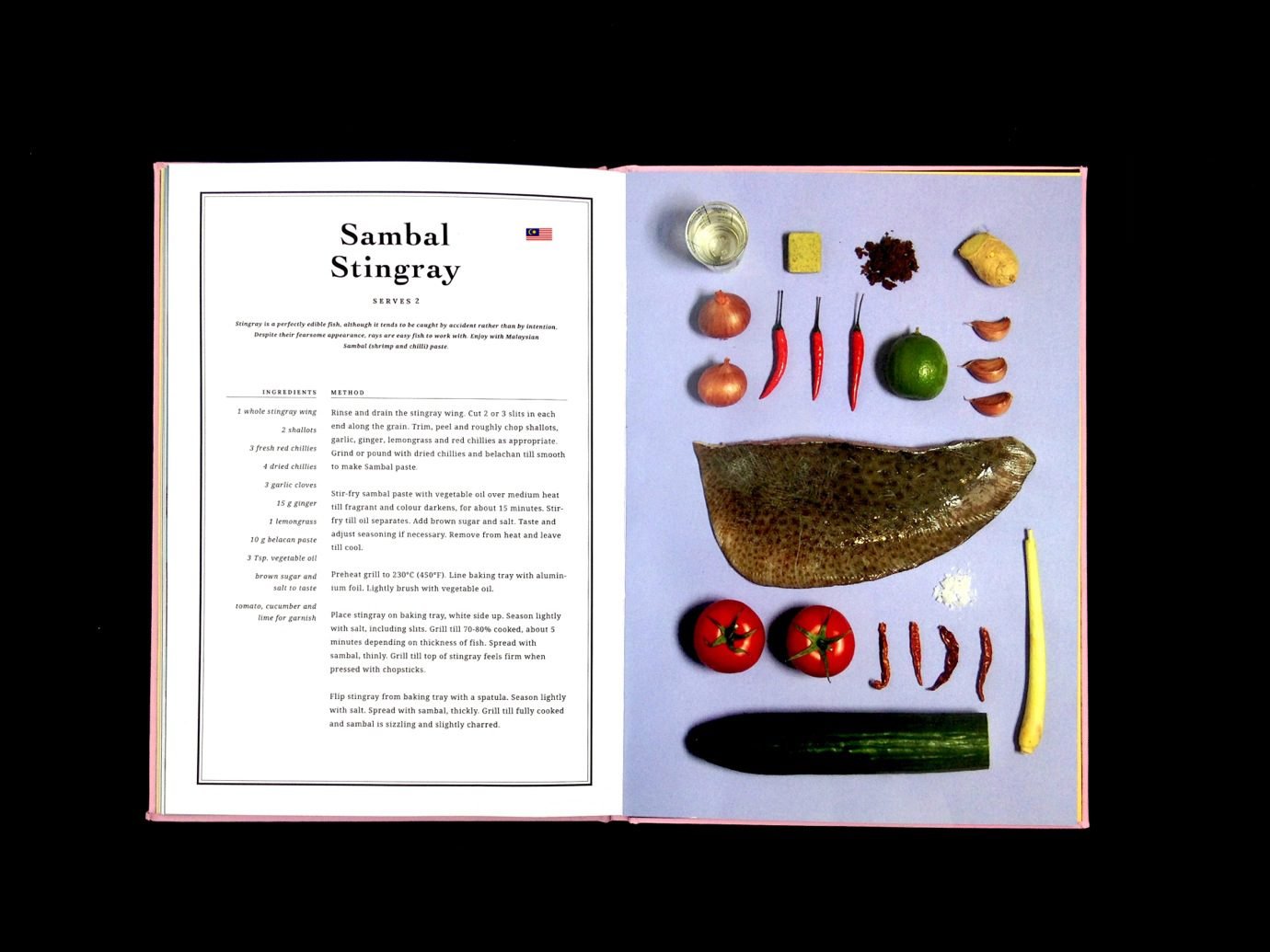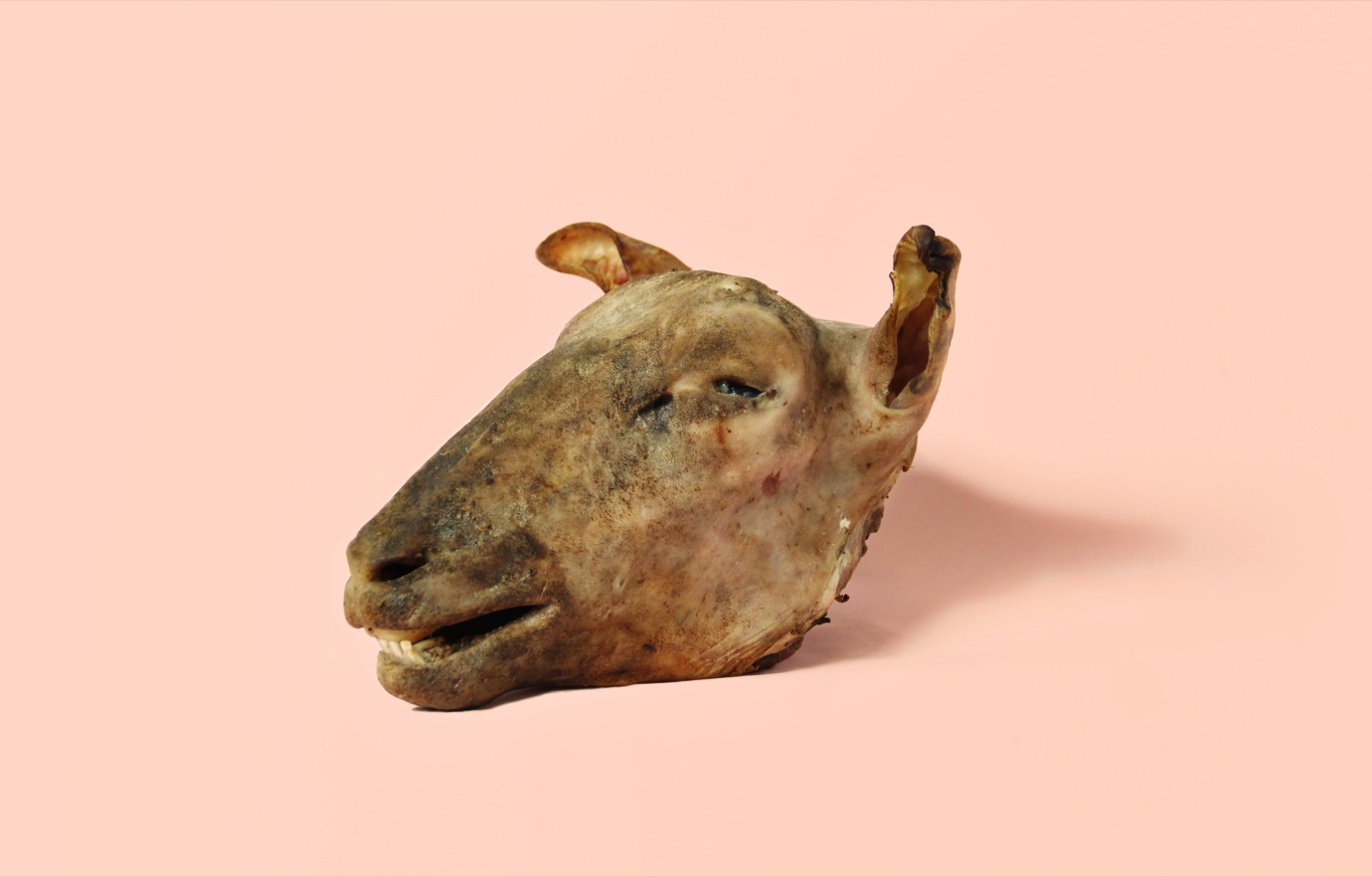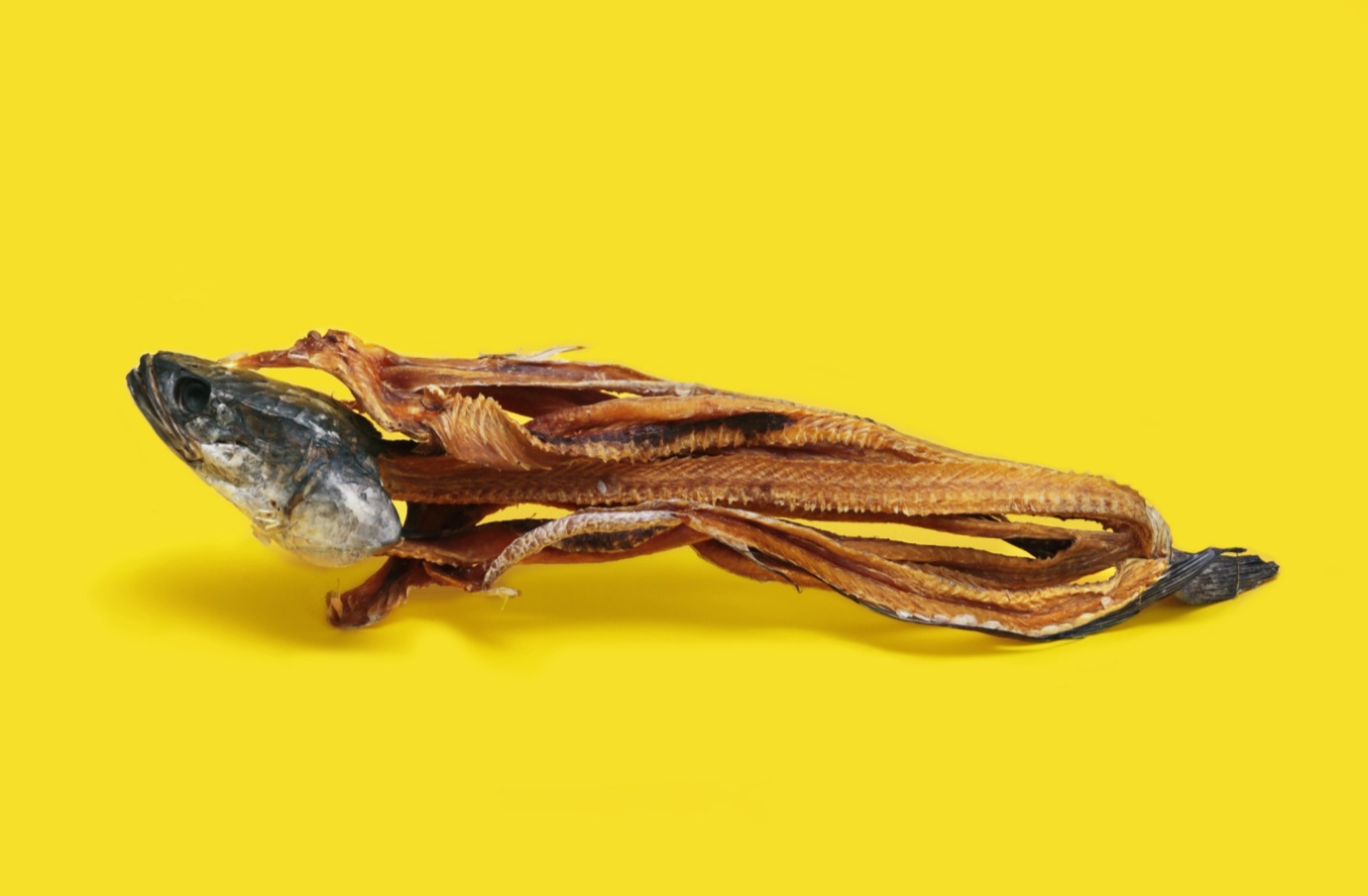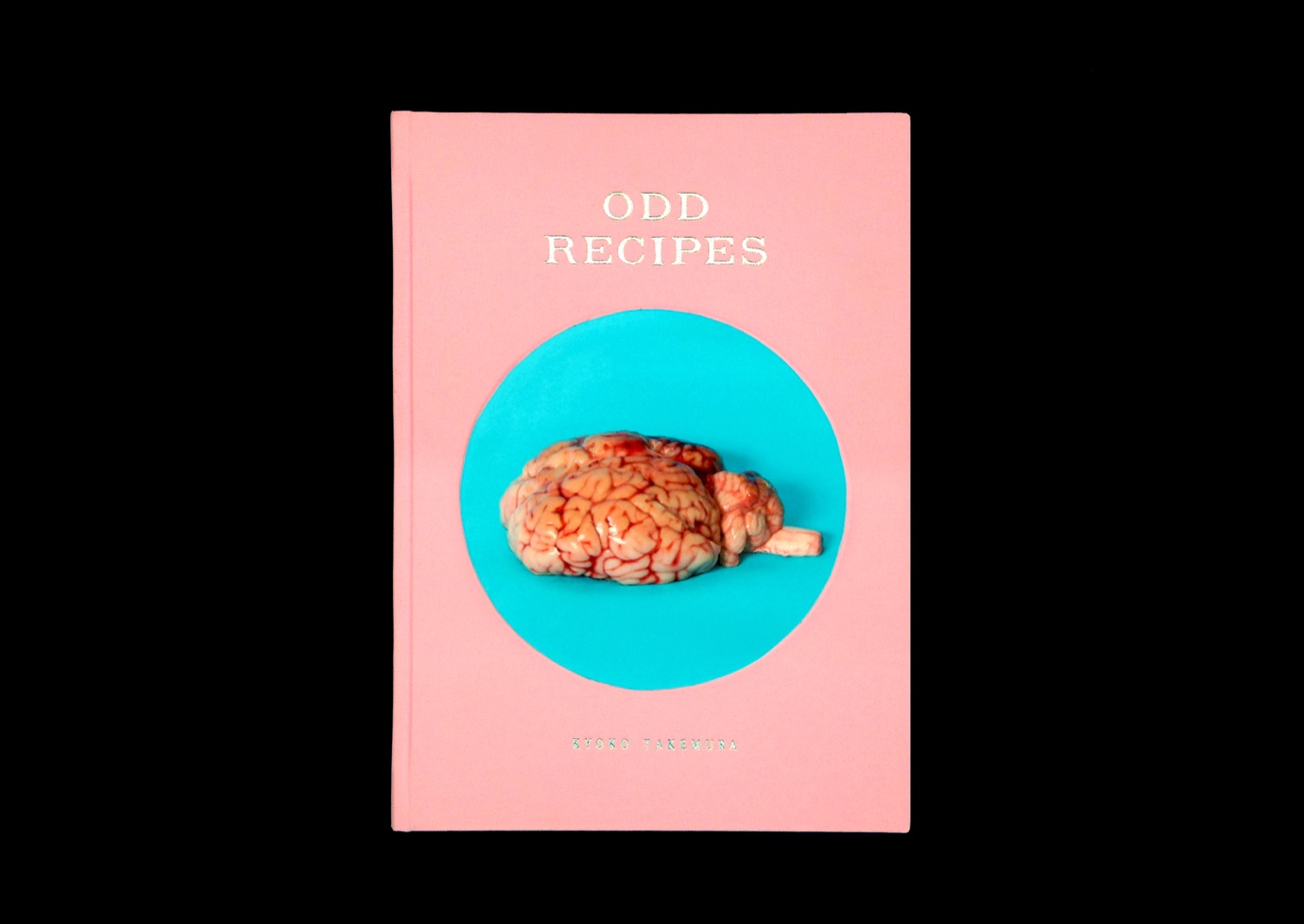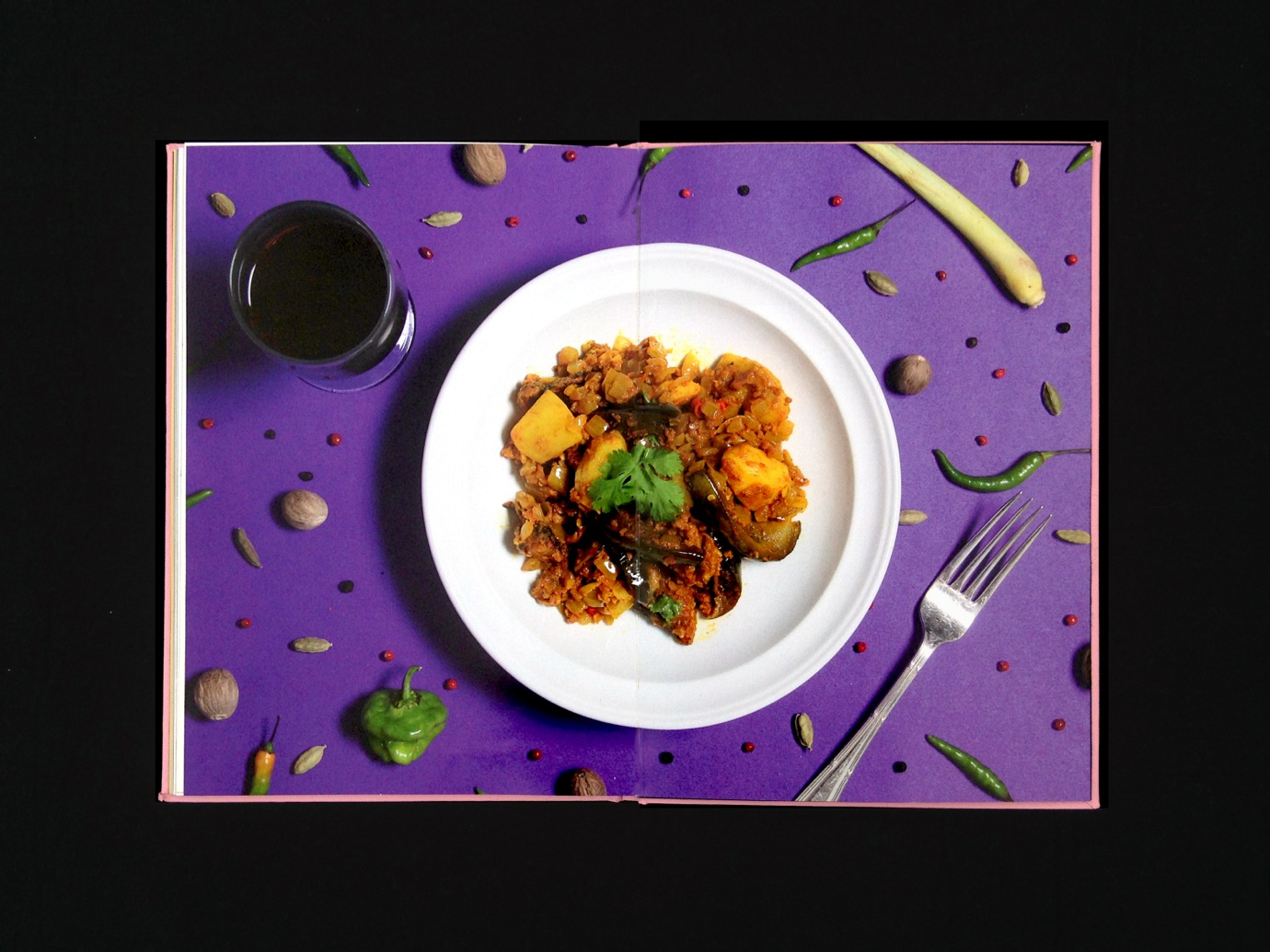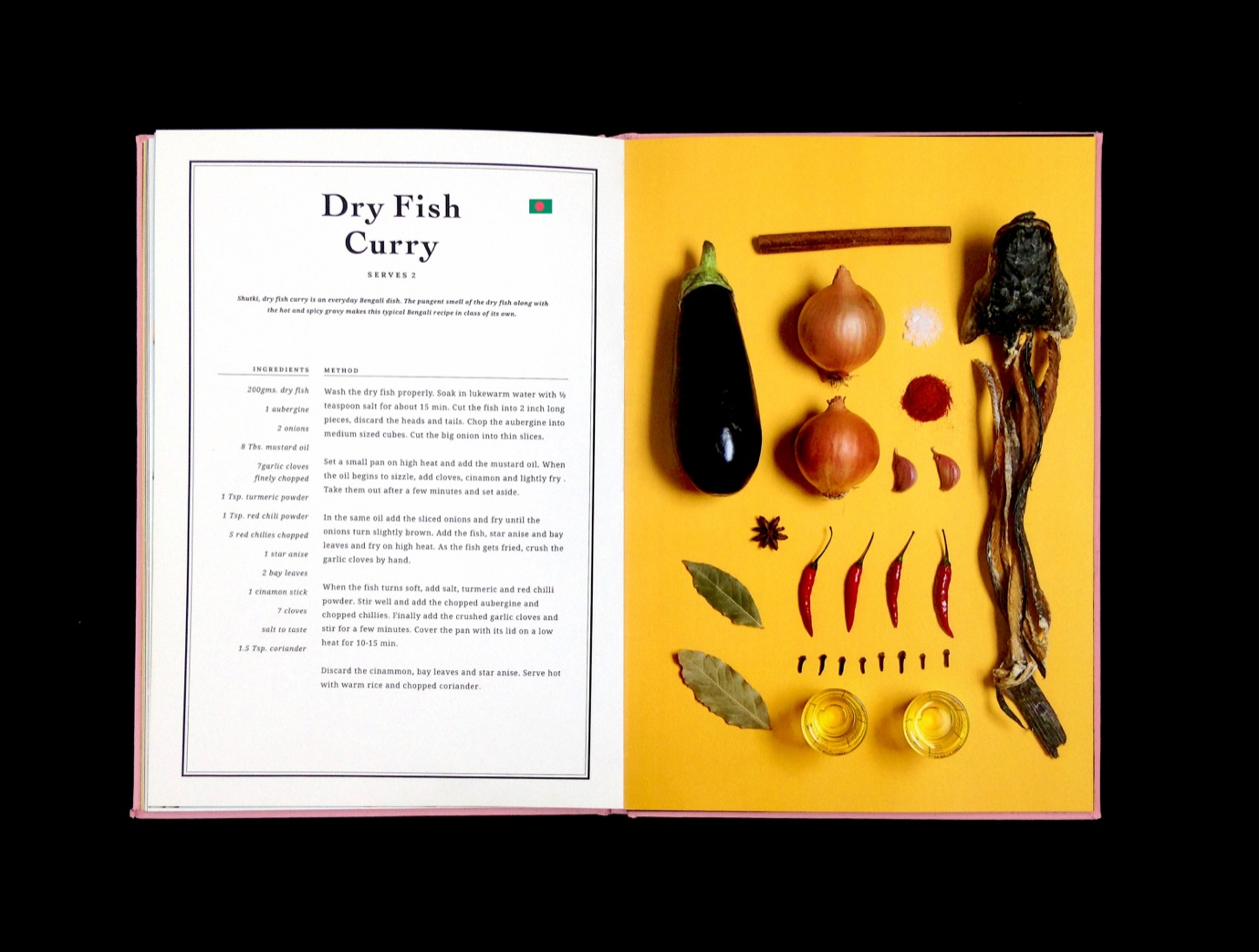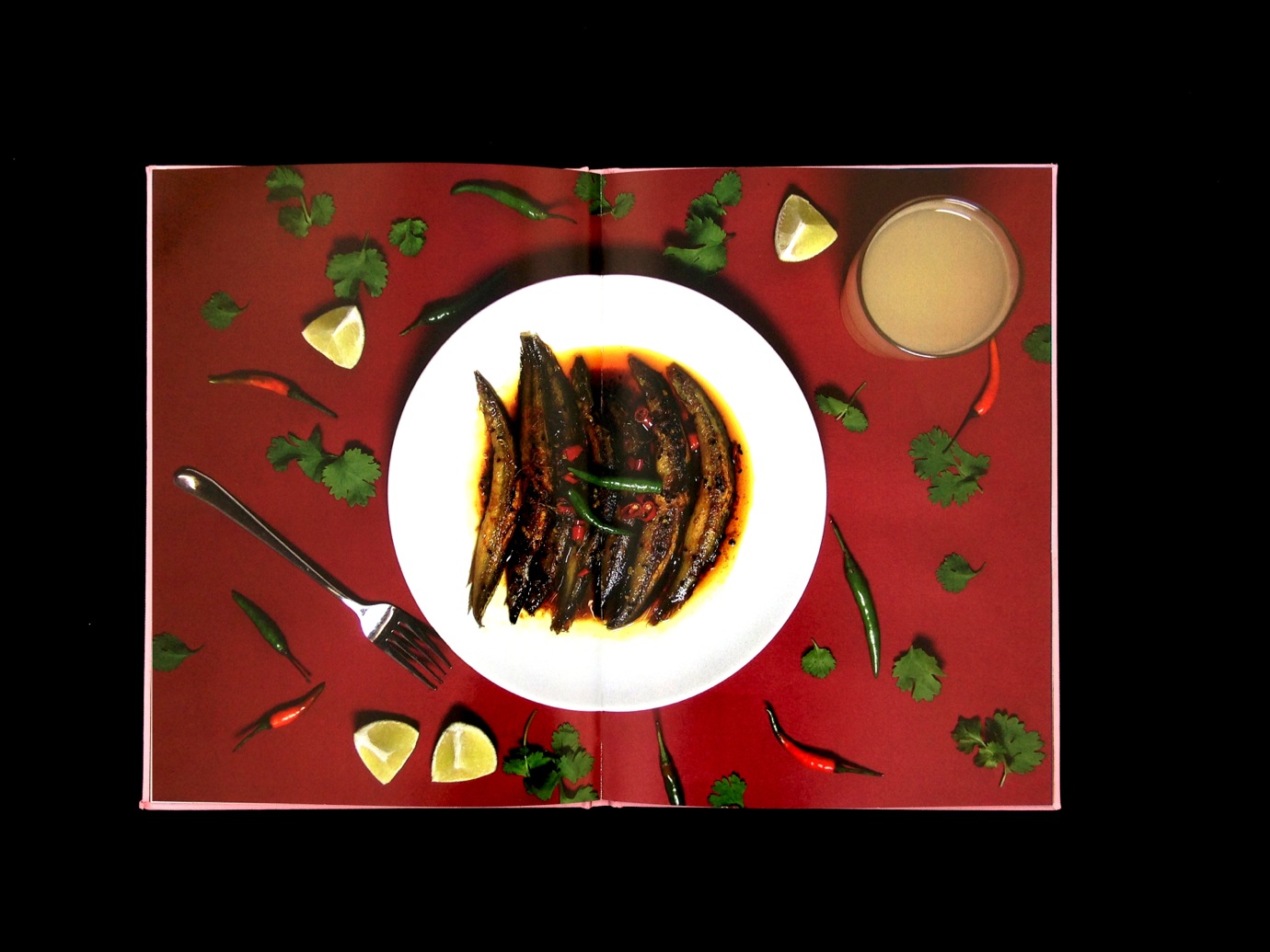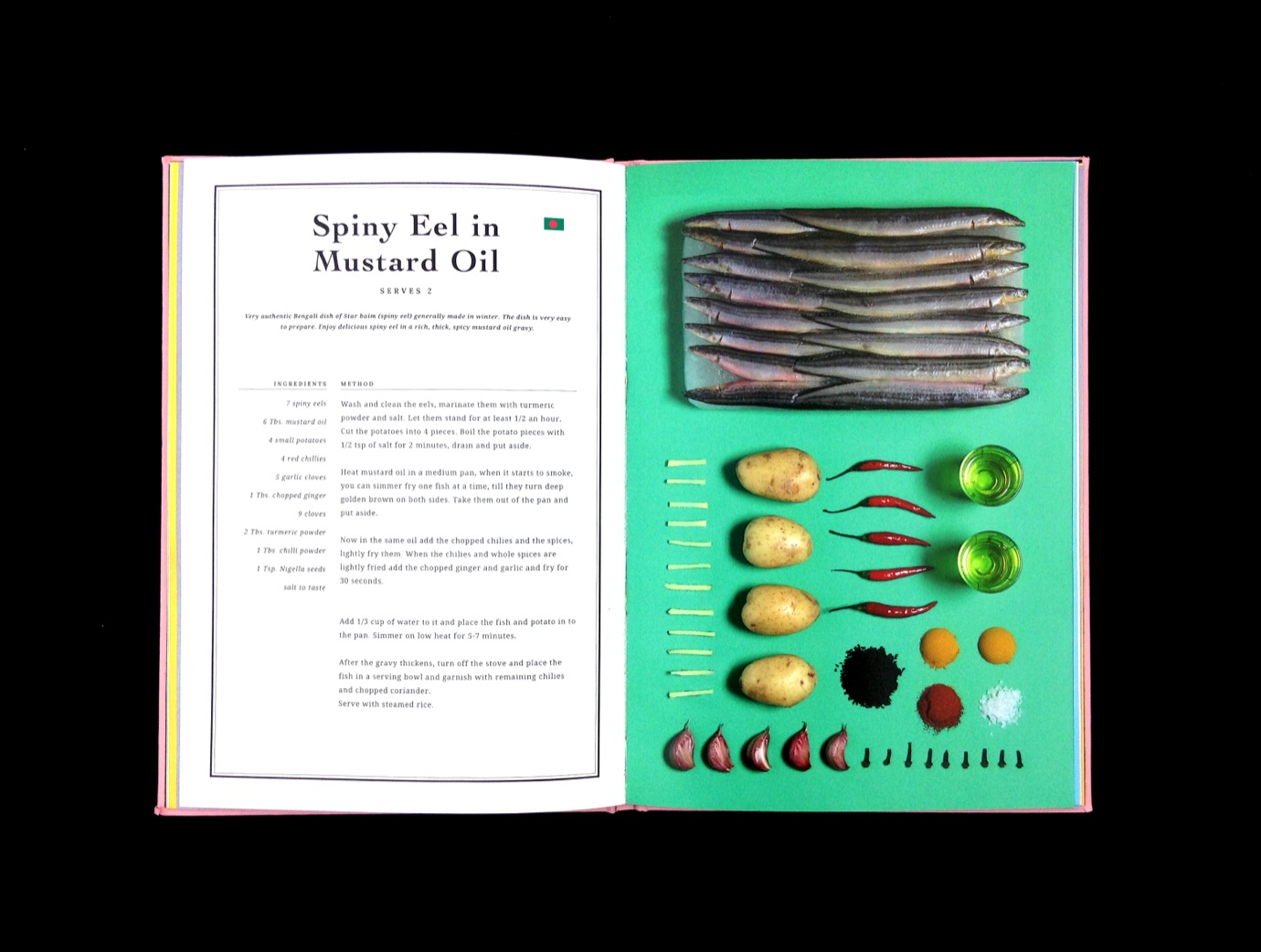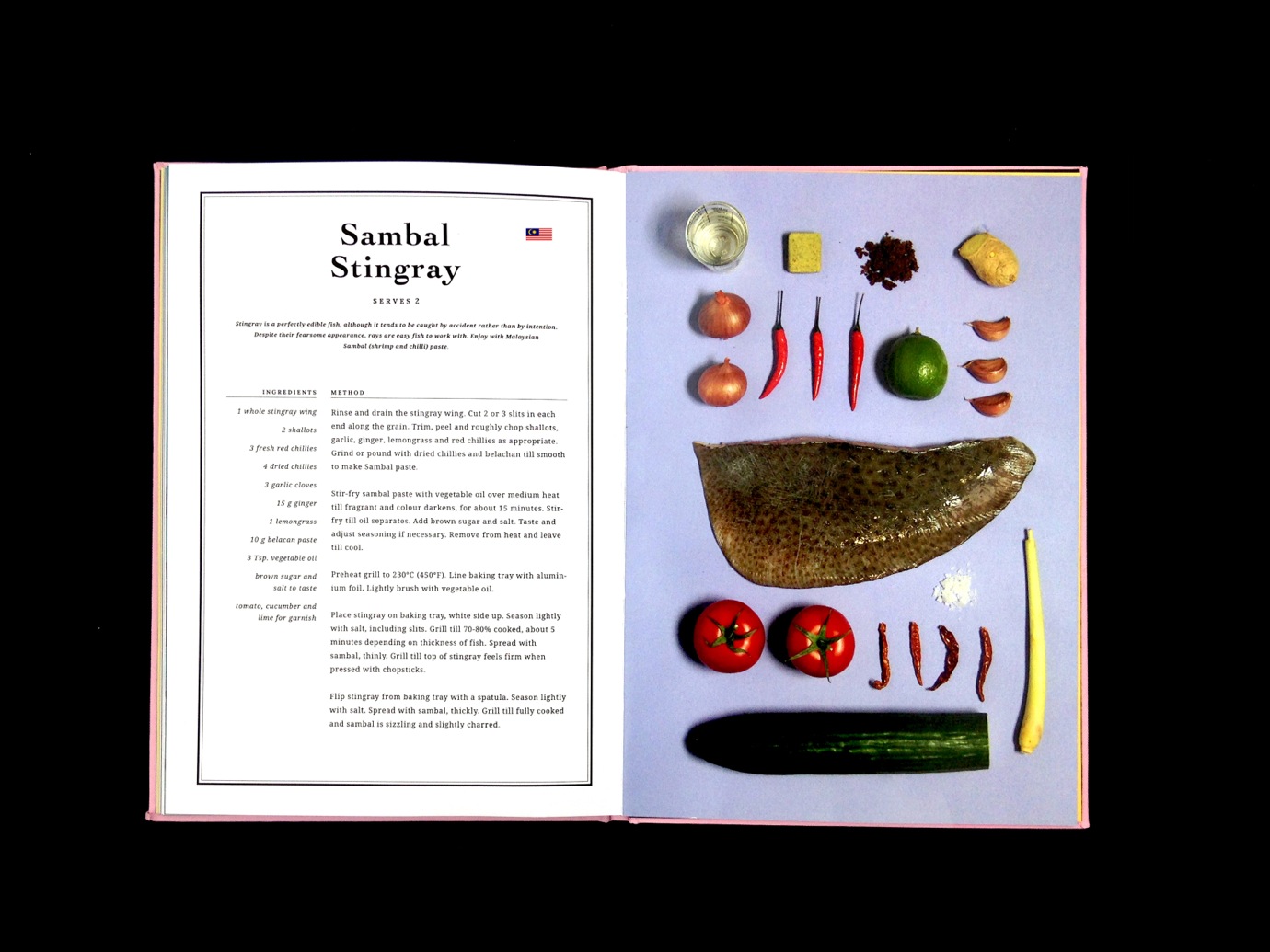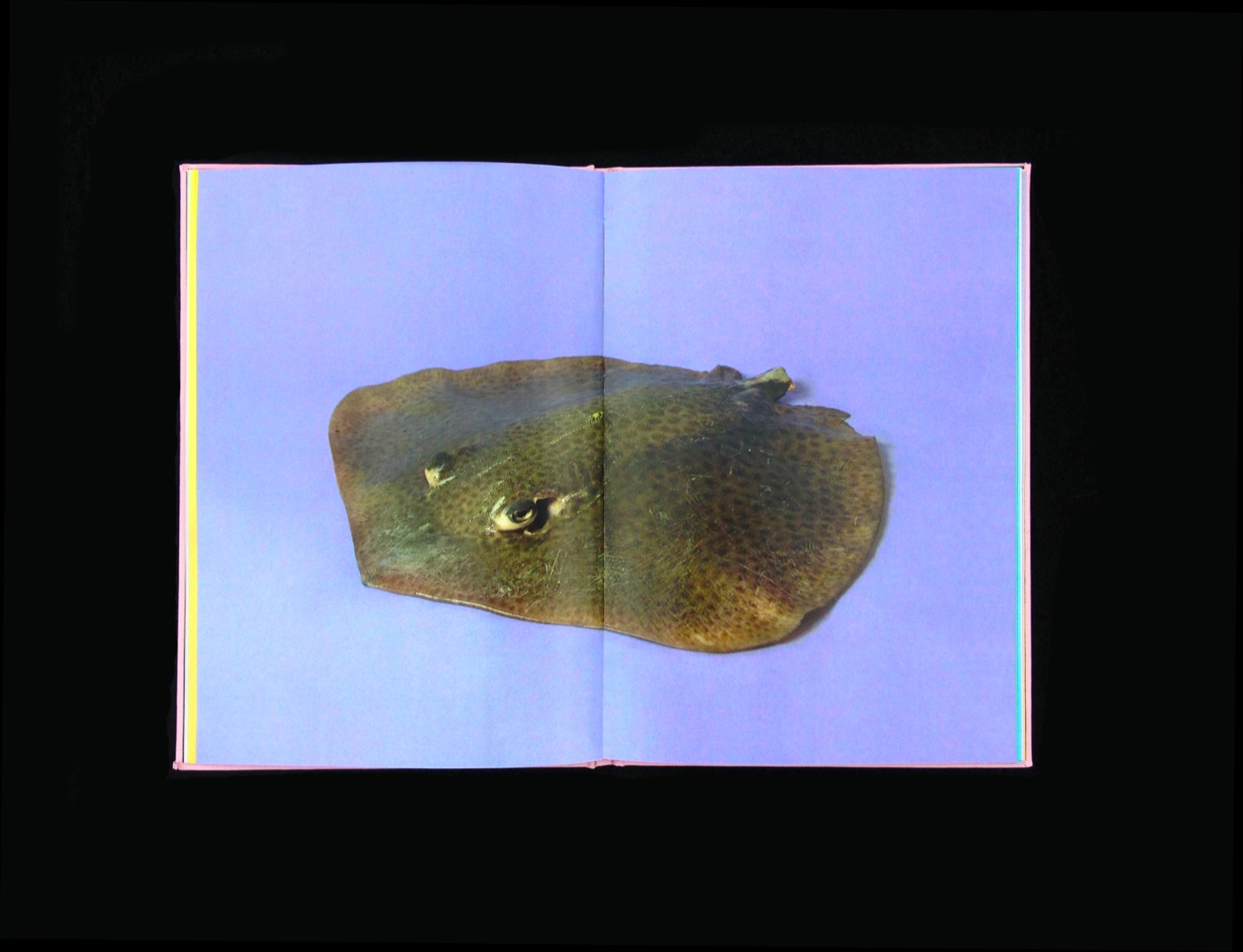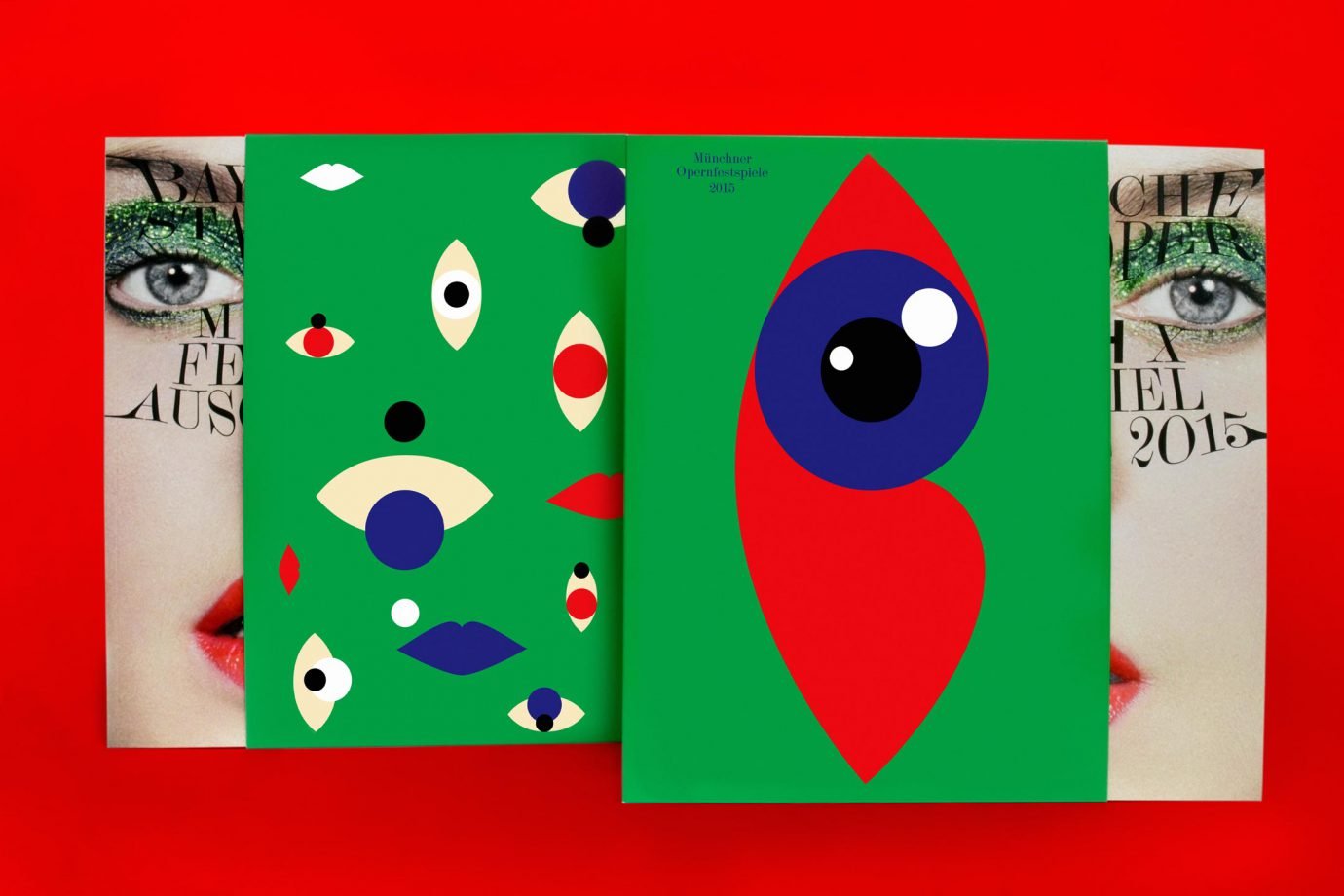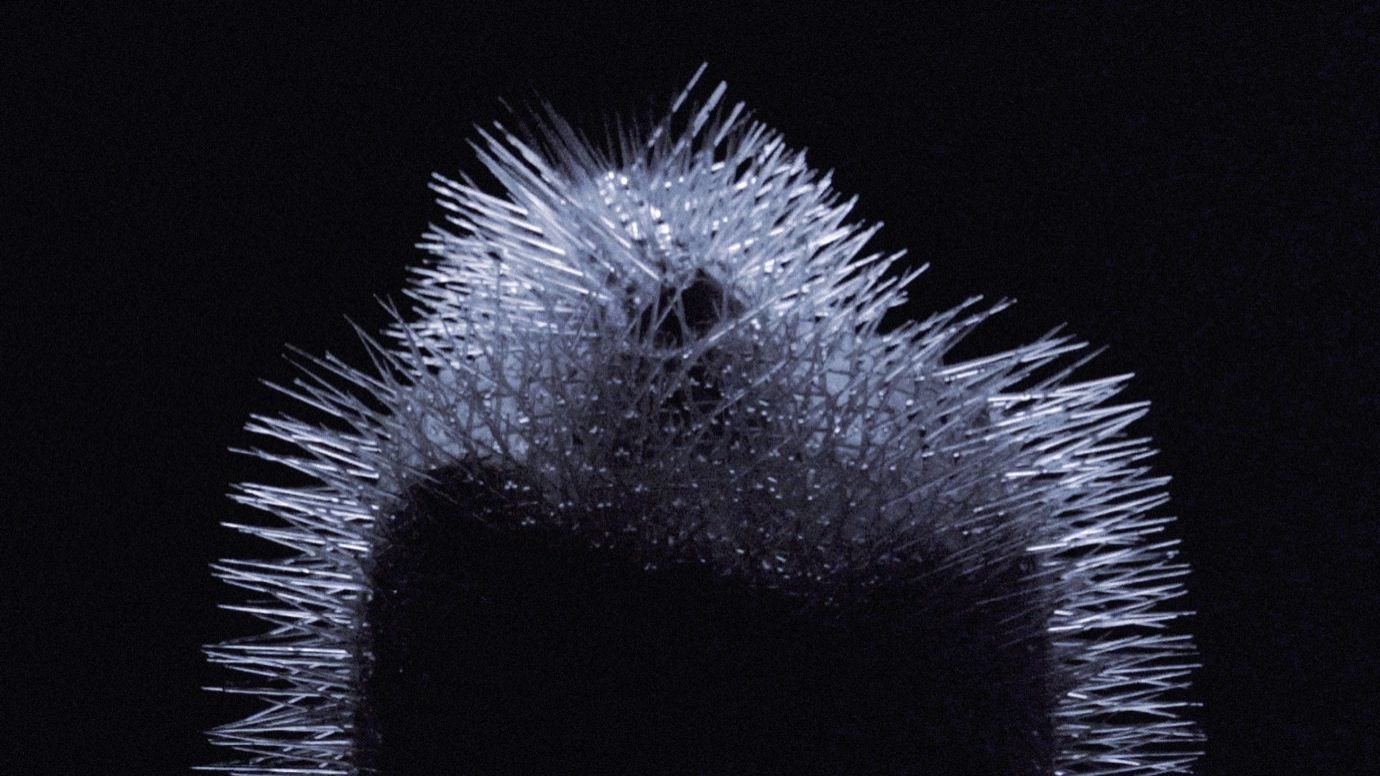“COOKED MEALS ARE UNINTENTIONAL SCULPTURES.”
We first became aware of Takemura through her ‘Canned’ series, in which the content of canned food is solidified and photographed, becoming a revolting reminder of what some humans consume. “I see eating as a process of putting things into your body from the external world,” says Kyoko, “So it is fascinating how indifferent some people are about food.” It exists as a key issue of debate with questions over body image, health, consumption vs production, while at the same time holding its own as a craft of culture, heritage, talent, and in some cases, luxury. Takemura’s interest, however, falls far between politics and indulgence, seeing culinary culture today as the accumulation of man’s behaviour, with the ‘necessity of food morphing into art.’ Kyoko explains that, ‘the survival instinct: “I must eat something”; together with risk taking: “I don’t know if this is edible but will try”; over time adapts with experiments and improvements: “How can I make it more tasty?”’ A dish is suddenly a masterpiece. And this can be said not only of the content of the plate, but of the food visually. “Cooked meals,” adds Kyoko, “are unintentional sculptures.”
Kyoko Takemura’s photo series ‘Odd Recipes’ shows us her recreation of traditional recipes, turning undesirable looking produce that are eaten in different countries into delicious meals, with the aim of highlighting London’s vast cultural diversity through food. Despite her love of cooking, the strange nature of the dishes meant that she did not feel brave enough to try them at the end of the day, the brain curry in particular. “I always lose my appetite when working on my food projects,” Kyoko says, and I don’t blame her. Takemura’s focus on culture has been reinforced by her own experience of moving to London from Japan where, she says, “Many things that I thought were normal during the past 18 years suddenly started to feel weird.” Takemura’s fascination over the oddities of objects – whether it be in a lamb’s skull, or a piece of garlic – is deeply rooted in this cultural switch; the change has allowed for a shift of awareness. “Shapes of organic beings hold such mystery in this world,” she says. “Vegetables, fish, animals and humans, have achieved a unique shape by their own accord, and how they (and we) look is crazy if you think about it. The efficiency of a body’s programmation is amazing too.”
“I RESORT TO PHOTOGRAPHY TO EXHIBIT THE GROTESQUENESS OF FOOD, BECAUSE THE SUBJECT ITSELF IS SO VISUALLY POWERFUL AND INTERESTING.”
Takemura’s enjoyments of objects themselves has led to the wide range of media she chooses to use in her projects. “I resort to photography to exhibit the grotesqueness of food, because the subject itself is so visually powerful and interesting,” she says, “whereas animation is best for explaining a phenomenon or process.” She cites her vivid memories of watching educational programmes as a child as a huge influence in her animation today. “I feel particularly connected to it at the moment – there’s so much to explore with the flexibility of sound with image, digital with analogue.” Kyoko enjoys illustration too because she likes to draw the strange shapes and textures of objects. Behind all the philosophy, exploration and intrigue of her work lies a great humour; and the audience can sense this brightness throughout her collection of work, and not only because of the vivid colours that are used throughout. “It is important that my work communicates with the audience,” says the artist. “I like quirky and jokey stuff. I think that work that doesn’t look too serious but has a deep insight or meaning, has the most powerful impact – they’re the most engaging.”

